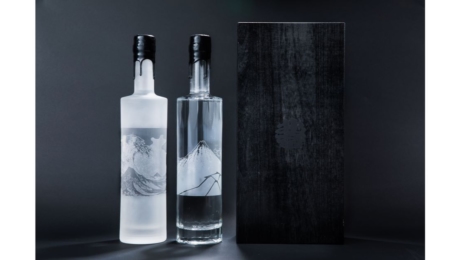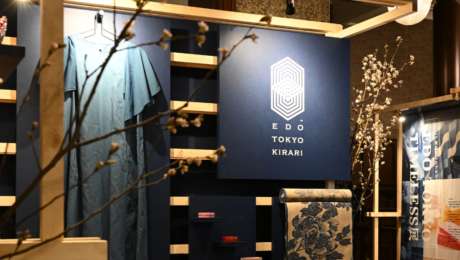
What do we think of “art” as a traditional craft? Thanks to the exhibition “EDO TOKYO RETHINK” by Noritaka Tatehana, you can explore the future by looking into the past of traditional industries
2020.02.17
LIFEThe exhibition "EDO TOKYO RETHINK" presents Noritaka Tatehana, a renowned contemporary artist, as artistic director, and highlights the new value and charm of traditional culture that has been passed on for many years. The process of his creative activities, "New Analysis: Re-examining Japanese culture of the past, expressing it and connecting it with the present time," is based on the past, present and future of traditional industry in Edo-Tokyo, as well as "hitherto" and “future". Held from March 5 (Thu) to March 8 (Sun) at the old Hosokawa house of Wakejuku in Mejirodai, Bunkyo-ku.
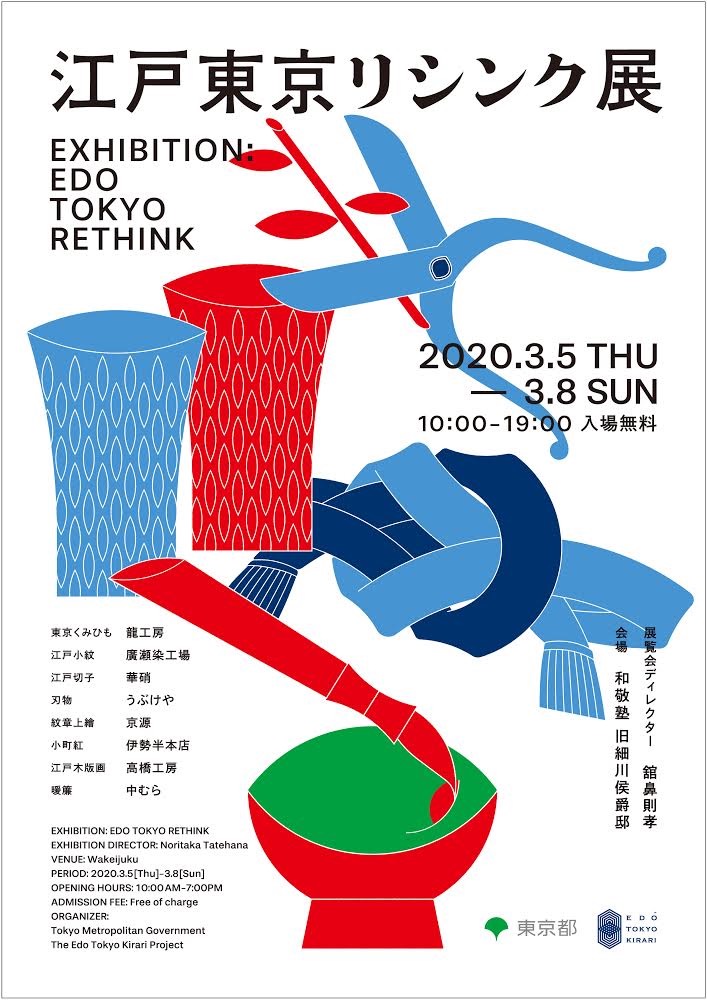
Focusing on the new traditional crafts that have been revived through contemporary art
The artistic direction is assumed by the artist Noritaka Tatehana, who produces many works related to Japanese culture. He takes inspiration from the Japanese culture and redefines it in the present and in the future, so that he expresses an art that no one had noticed before. That is what characterizes his work. That is the kind of art that he thrives on. One of the main attractions of this exhibition is the collaborative work with various traditional industries reinvented (RETHINK) by Tatehana. Through the work, you can get a glimpse of what will be “from now” (the future) of traditional industries. Tactehana says that art brings up a question : but what do we feel and what answers can we find? Don’t miss the exhibition, which presents both a reflection and a challenge regarding the future of traditional industries. The exhibition will be held from March 5-8, 2020 at “Wakeijuku, former residence of Marquis Hosokawa”. A building in the style of the Japanese nobility, built at the beginning of the Showa era, in Mejirodai, Bunkyo-ku, Tokyo.
■ Tatehana’s collaborative work with traditional industry
Komachi Beni (Isehan’s headquarters), Hamono (Ubukeya), Tokyo Kumihimo (Ryu Kobo), Edo Kiriko (Hanashou)
*Subject to change without notice
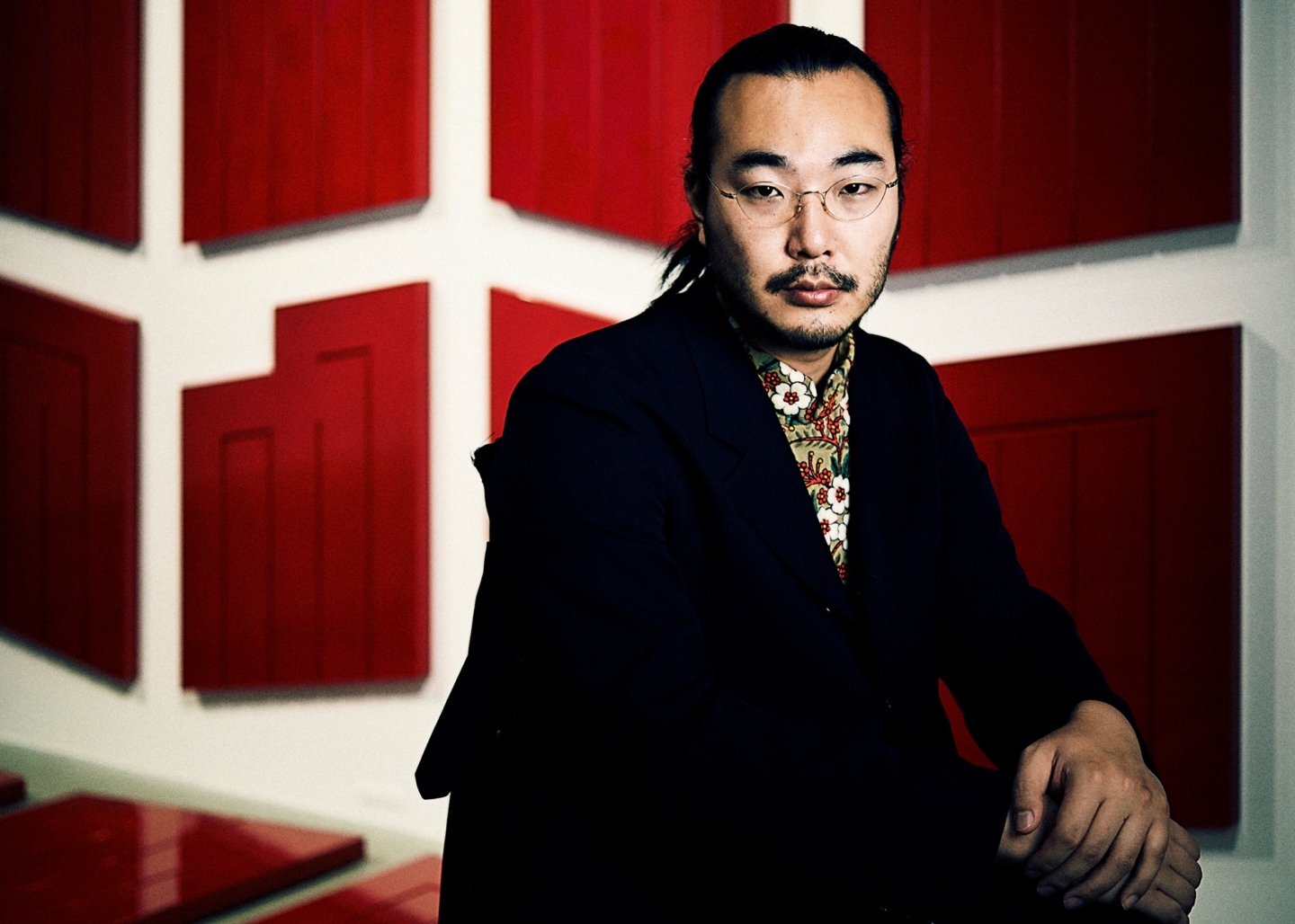
He was born in Tokyo in 1985. Born into a family who operates a public bath called “Kabuki Sento” in Kabukicho, he grew up in Kamakura. He studied painting and sculpture at the Tokyo University of Arts and then specialized in fabric dyeing. Along with his cultural research on Japanese prostitutes, he also produces kimonos and clogs using Yuzen dyeing, a traditional Japanese dyeing technique developed during the Edo period. In 2010, he created his own brand called “NORITAKA TATEHANA”. His creations, such as his iconic “Heelless Shoes” are permanently stored in world-renowned museums such as the Metropolitan Museum of Art in New York and the Victoria and Albert Museum in London. In recent years, in addition to participating in exhibitions in Japan and abroad, he has been actively involved in artistic projects with traditional craftsmen as an artist.
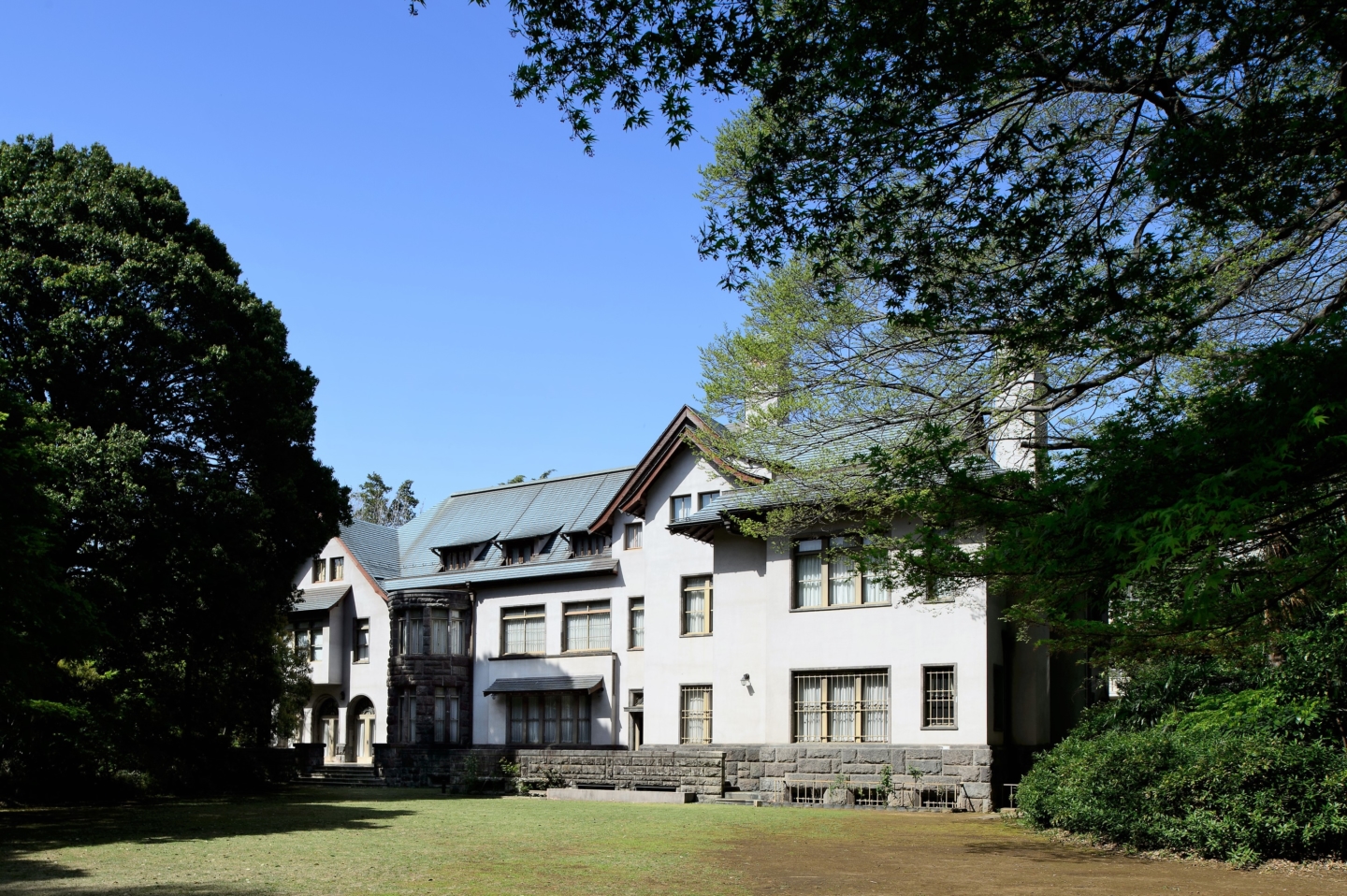
, the site of the exhibition. An elegant building in a quiet atmosphere that does not give the impression of being in a residential area.
A classic Western-style building full of history and workshops where you can discover traditional industries.
The venue for this event will be the main building of Wakeijuku from the early Showa era, built in 1936 by the 16th Hosokawa Family’s Hosokawa. Moritatsu Hosokawa took over the chairmanship of the National Treasury Association of the Branch Ministry, had a deep knowledge of art and was also called Lord of Art. During the Edo period, many Daimyo(the main governors of provinces from the military class that ruled Japan) residences and emblematic residences were built. After the Meiji Era, the elegant Western-style building was built in a quiet residential area where some nobles had also built their mansions. As this is a place that is not usually open to the public, I want you to feel the atmosphere and history of the era that the site conveys in addition to getting the most out of the exhibition. Among the other assets of this exhibition, you will find a workshop where everyone can experience traditional industries. You will be able to discover the value and charm of traditional craftsmanship as well as the delicateness and finesse which is typical of the Japanese manual work, handed down from ancient times.
■ Scheduled workshops.
Komachi Beni experience (Isehan headquarters), Monkiri experience (Kyogen), Tokyo Kumihimo experience (Ryu Kobo), Edo woodcutting experience (Takahashi Kobo)
*Subject to change without notice
■ General information about the “EDO TOKYO RETHINK” exhibition
[Date] March 5 (Thu) – March 8 (Sun) 2020 from 11:00 to 19:00
(Last entry 30 minutes before closing)
[Place] Wakeijuku Former residence of Marquis Hosokawa
112-0015 1-21-2 Mejirodai, Bunkyo-ku, Tokyo
[Entry] Free of charge
[Organizer] Tokyo city Edo Tokyo Kirari Project




